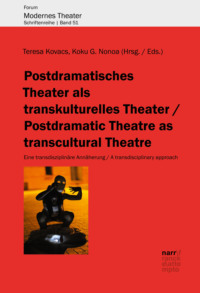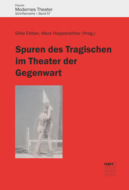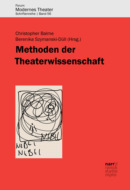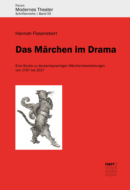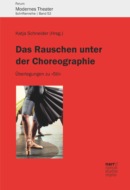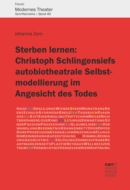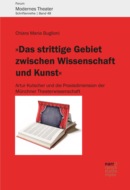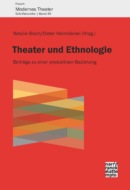Kitabı oku: «Postdramatisches Theater als transkulturelles Theater», sayfa 6
Bir şeyler ters gitti, lütfen daha sonra tekrar deneyin
₺3.028,68
Türler ve etiketler
Yaş sınırı:
0+Hacim:
551 s. 19 illüstrasyonISBN:
9783823301592Editör:
Yayıncı:
Telif hakkı:
BookwireSerideki 51 kitap "Forum Modernes Theater"
